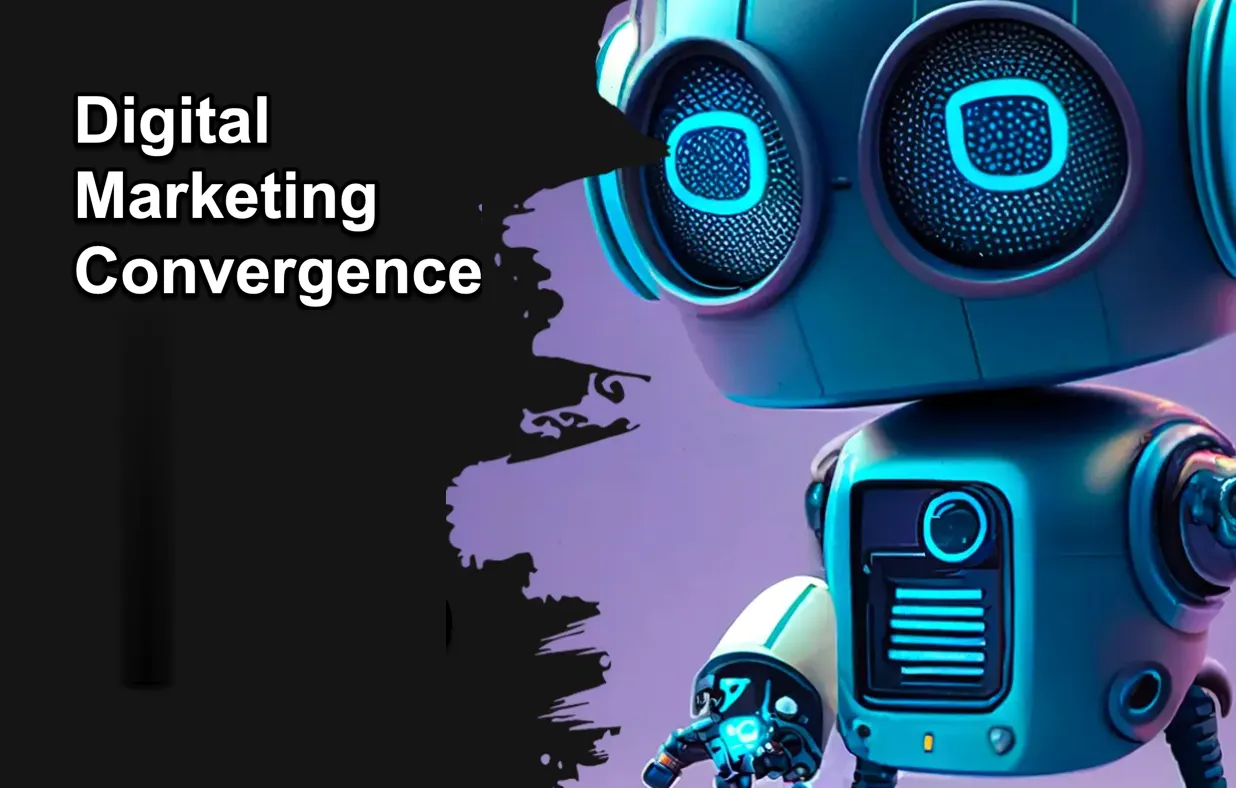Email Nurture Campaign Best Practices

The art of crafting the perfect email nurture campaign stands as a beacon of potential, guiding leads gently down the funnel toward conversion. These days, connection and reconnection is the name of the game. You can’t build a thriving business without establishing and maintaining this connection. With the right strategy, email nurture campaigns become not just a method of communication, but a powerful tool in building lasting relationships and driving success in any business.
The Mystique of Email Nurture Campaigns
At its core, an email nurture campaign is a series of emails sent to leads to educate, inform, and entertain, ultimately guiding them toward making a purchase. This journey, however, is riddled with common challenges such as low engagement rates, high unsubscribe rates, and the daunting task of delivering consistent value. The solution lies in a meticulous blend of strategy, timing, and content that resonates with your audience.
Crafting Your Campaign with Precision: Guide to Conversion
Effective lead nurturing begins with understanding your audience's needs and interests. By segmenting your list and tailoring your content, you can speak directly to their pain points and aspirations, making each email feel personalized and relevant.
Strategizing Your Email Marketing for Maximum Impact
Your email marketing strategies should focus on delivering value at every touchpoint. Utilize a mix of educational content, product highlights, and success stories to keep your audience engaged. Remember, the goal is to be helpful, not pushy.
The Art of the Nurture Email Series
Each email in your nurture series should have a clear purpose and call to action, whether it's to download a resource, register for a webinar, or learn more about your product. The sequence should build upon each other, gradually leading the reader to the next step in their buyer's journey.
Engaging Customers with Targeted Communication
Engagement goes beyond open rates and click-throughs. It's about sparking a conversation and building a community around your brand. Encourage feedback, ask questions, and be genuinely interested in what your audience has to say.
Informative and Persuasive
Incorporate data, case studies, and real-life examples to back up your claims and demonstrate the effectiveness of your product or service. This not only educates your audience but also builds trust and credibility.
Keeping the Reader Hooked
Storytelling can transform your emails from mundane updates to captivating tales. Share customer success stories, behind-the-scenes glimpses, or the inspiration behind your latest product to create a more engaging and memorable experience.
Here are the answers to some of your frequently asked questions. Knowing these would help you with your business campaigns!
What Makes an Email Nurture Campaign Successful?
Success hinges on relevance, timing, and continuous optimization based on feedback and performance metrics.
How Often Should I Send Emails in a Nurture Campaign?
The frequency should be dictated by your audience's preferences and engagement levels, typically ranging from once a week to once a month.
Can Automated Emails Be Personalized?
Yes, modern email marketing tools allow for dynamic content and personalization tokens, making each email feel uniquely tailored to the recipient.
What Metrics Should I Monitor to Gauge Success?
Focus on engagement metrics like open rates, click-through rates, conversion rates, and ultimately, the impact on sales or lead quality.
How Do I Keep My Email List Engaged Over Time?
Continuously refresh your content, offer exclusive insights or offers, and regularly clean your list to maintain a high-quality audience.
Email nurture campaigns are more than just a marketing tactic; they are a reflection of your brand's commitment to value and relationship-building. By implementing the best practices outlined above, you can ensure that your campaigns not only resonate with your audience but also drive measurable results. Remember, the key to success is constant learning, adapting, and evolving with your audience's needs.
Want to learn more about email marketing? Then this blog is definitely for you!
You can start today!

